An Englishman and a Scotsman have scaled the UK’s highest sea cliff in Orkney – using the treacherous Long Hope route.
It is only the third time, since the route was established in the 1970s, that it has been scaled.
The route is an almost impossible climb and the tallest sea cliff in the UK, at St John’s Head on the Isle of Hoy.
It has only been scaled successfully before by Scottish climber Dave Macleod and English climber James McHaffie – while countless more adventurers have tried to complete it.
The site is a popular nesting site for fulmars.
The seabirds add an extra element of risk to the climb as they spit vomit on anyone who comes near their nest.
Robbie Phillips, 32, from Edinburgh and Alex Moore, 25, from Cornwall worked as a team to tackle the 1,617ft climb.
The men spent a month in Hoy practicing for the arduous route.
In comparison to the nearby Old Man of Hoy, Mr Phillips says that The Long Hope route is not for the faint-hearted.
He said “It is a much more serious endeavor. Physically and mentally draining.”
“It really is the biggest adventure you can have in British climbing.”
Mr Phillips has completed prominent climbs on El Capitan in Yosemite National Park and the Alpine Trilogy in the Alps.
Long Hope was the hardest climb
But he said Long Hope was his hardest climb yet.
“Not just the difficulty of the climbing,” he said.
“One thing that puts a lot of climbers off is the local wildlife that lives on the wall.
“Fulmars have a defensive mechanism where they spit putrid vomit at you.
“To climbers, it is really disgusting because the stuff stinks with this really unique smell that you can’t really get out of your clothes.
“I had tried the Long Hope last year as well, but we went there at the peak of the fulmar nesting season which we hadn’t realised.
“As a result, it became really challenging to avoid them
‘It was an extreme situation’
“Last year my friend was abseiling diagonally and a bird flew out at him and he kinda got spooked and took a big sideways pendulum on the rope.
“He ended up breaking his ankle.”
Mr Phillips continued: “The birds are a really really important part of it.
“I absolutely love wildlife and I love the fact that climbing takes you to places where you see local wildlife in their natural habitat.
“I think a really big part of being a climber is that we are conscious of our environment and our impact on the environment.
“This year when we came back we came a month earlier to avoid their nesting season – but the weather wasn’t as good.”
To follow more of Robbie Phillip’s climbing adventures, visit his YouTube channel.
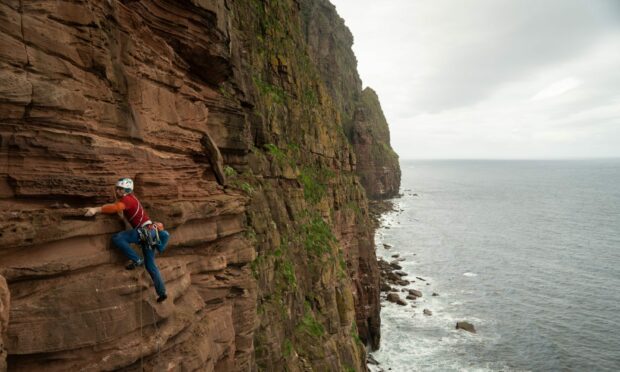
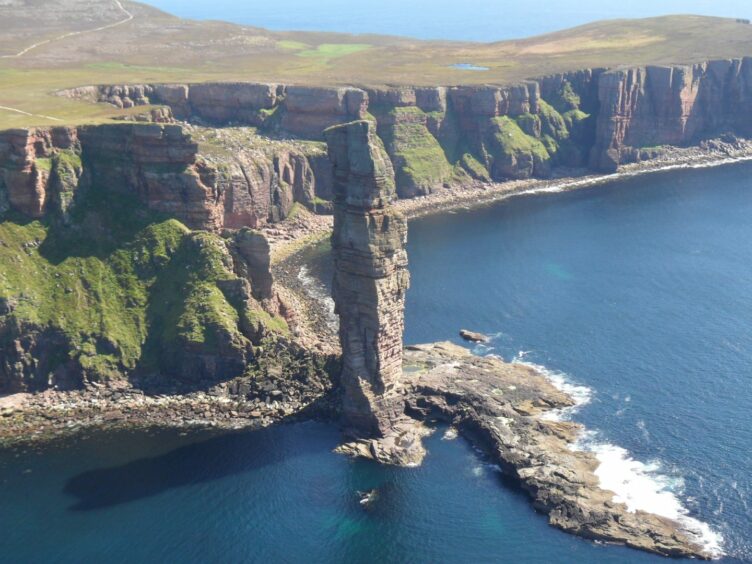
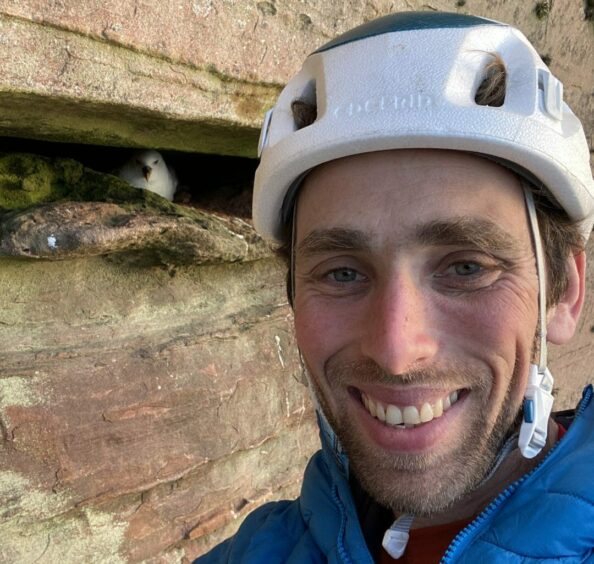
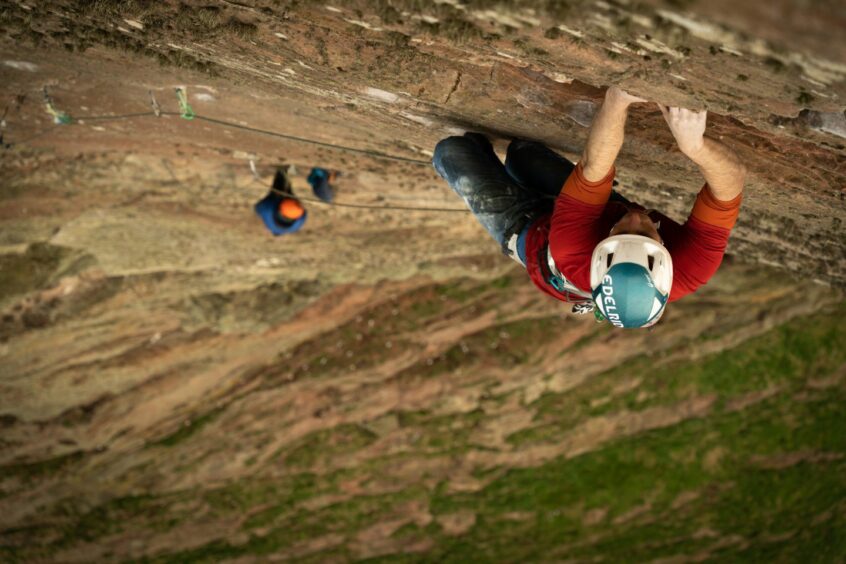
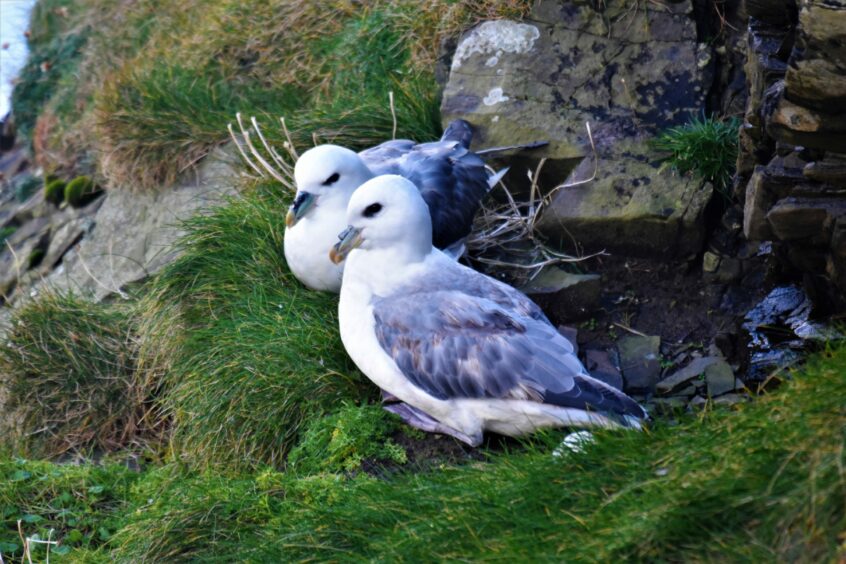
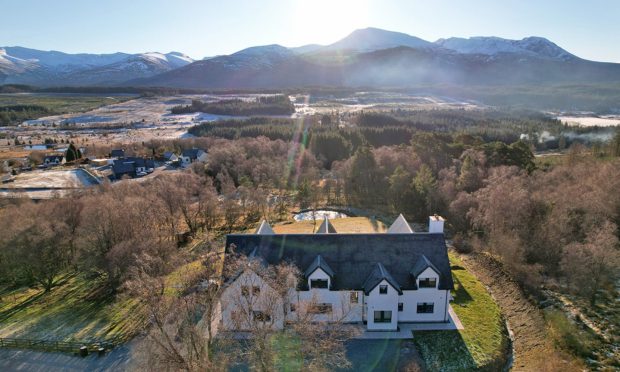
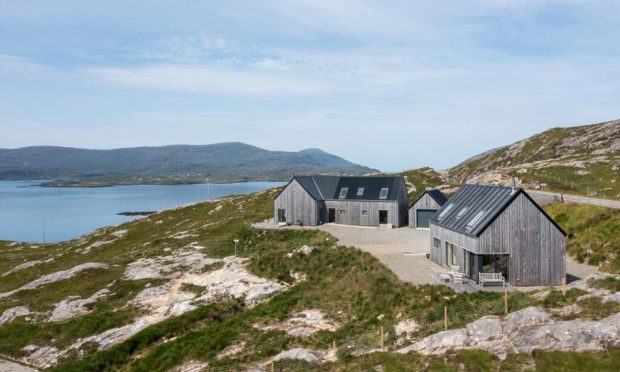
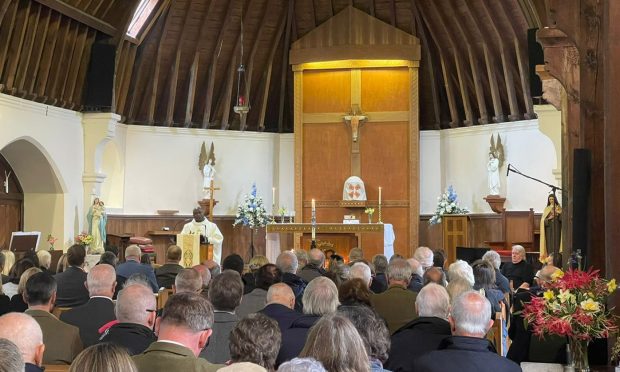
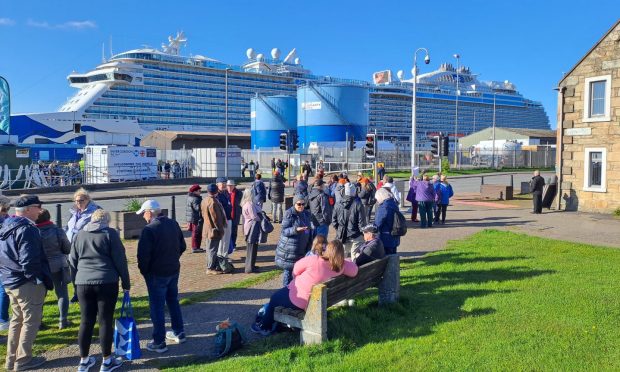
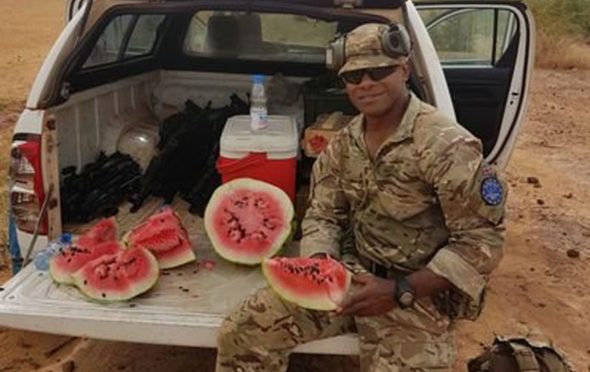

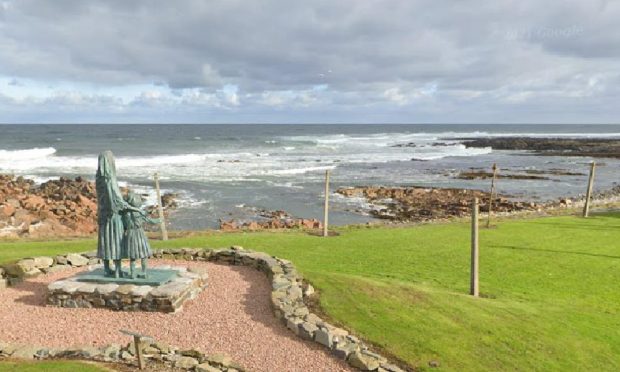
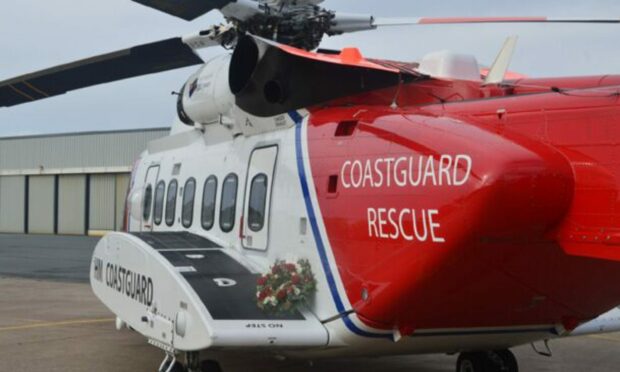
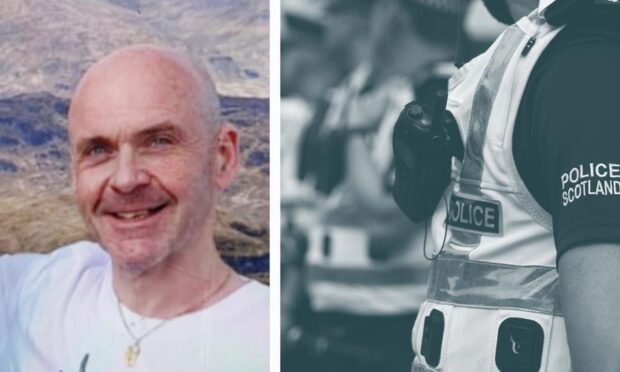

Conversation